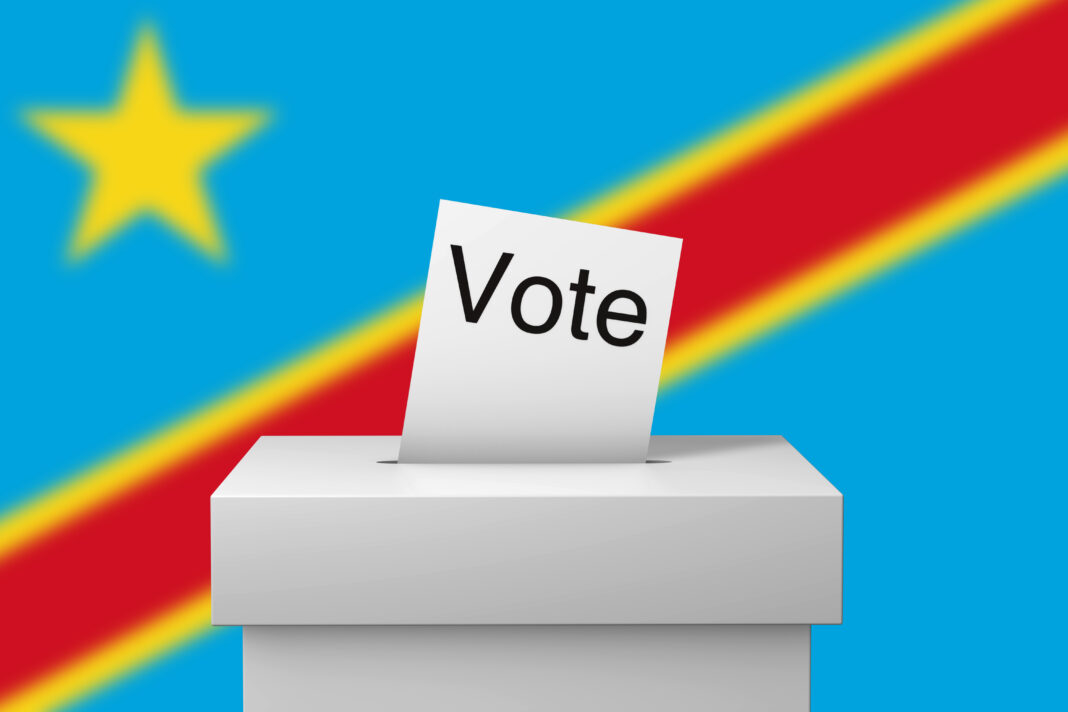by Sarvish Waheed
A climate of constant war, misery and cruelty pervades the Democratic Republic of Congo, which seems unable to find peace. On the eve of the presidential elections scheduled for 20 December 2023, the Congolese population continues to live in extremely dangerous conditions where human rights are constantly being trampled underfoot. More than 120 armed rebel groups are terrorising the civilian population, particularly in the North Kivu and South Kivu regions, plunging the north-east of the country into chaos.
The Armed Forces of the Democratic Republic of the Congo (FARDC) have also been guilty of war crimes in recent exchanges of fire with the militias. Sexual abuse, torture and executions have aggravated an already despicable situation by applying rules that are completely contrary to international law. The FARDC’s offensives have been met with resistance in these regions for years. The casus belli is now well known: control of natural resources; among the rebel groups, the pro-Tutsi militia of the March 23 Movement (M23) once again stood out.
An estimated 7 million people have fled their homes to escape the warring factions, a record number that continues to rise in a country that has been ravaged by fighting for years. In addition to the people who have fled their homes in recent weeks, 600,000 have already found shelter in temporary camps for internally displaced people in the city of Goma. According to the United Nations Joint Human Rights Office (UNJHRO), the government army has systematically taken steps to obstruct journalists and activists investigating war crimes. In the run-up to the elections, the Congolese authorities violently dispersed peaceful demonstrations and arrested reporters.
The FARDC and the United Nations Organization Stabilization Mission in the Democratic Republic of the Congo (MONUSCO) have never really been able to stop the M23 and other groups such as CODECO, allowing them to kill hundreds of civilians – not just in recent days. Government authorities have denied civilians access to medical care throughout the conflict. Onesphore Sematumba, an analyst with the International Crisis Group, said the Congolese government was using a militia called Wazalendo. And it is the clash between the M23 and Wazalendo that has caused more unrest, deaths and displacement in recent days. According to Sematumba, the agreement with this non-state group had the clear intention of using an additional weapon to defeat the M23 dissidents before the elections.
In the town of Munigi, near Goma, witnesses described precarious living conditions. Many displaced people are living in makeshift plastic tents, with no or substandard sanitation. Diseases and infections are spreading like wildfire, and the dead cannot be buried properly. Civilians are forced to go to Goma to beg or to the Virunga National Park to collect timber for sale. According to local reports, 36 people have been killed on their way to the city in search of money.
The M23 is currently in control of the Masisi and Rutshuru regions, making it impossible for locals to vote in the presidential election. Obtaining the necessary documents to vote is only possible for those who have the money to travel to the relevant offices. Many people have lost their voter cards while fleeing the conflict. In the background, the election campaign is also becoming heated and violent, adding aggression to an already fragile situation.
To learn more, read our Democratic Republic of the Congo conflict factsheet
Cover photo by Ink Drop/Shutterstock.com
























